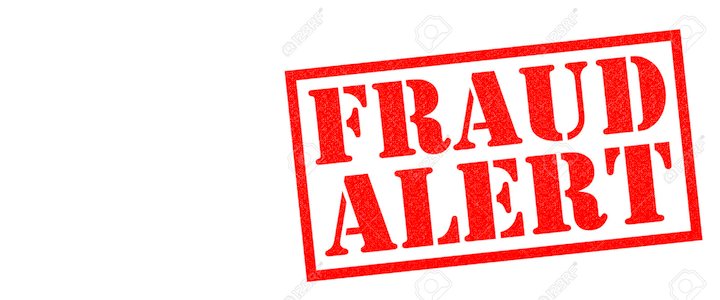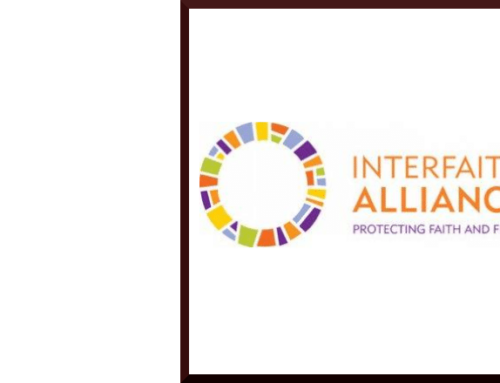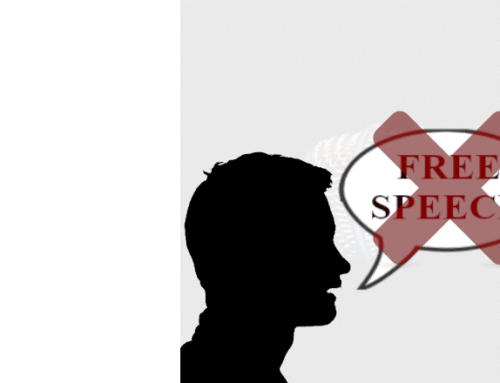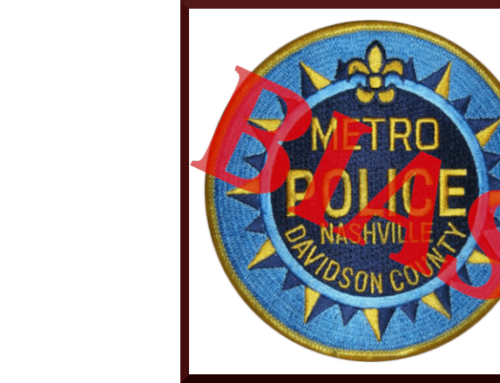Bill Donohue comments on the role the Southern Poverty Law Center plays in politicizing hate crimes:
After Hillary Clinton lost the election, she, her staff, and her supporters were sent reeling. Many have yet to recuperate.
In times past, such distraught persons would be attended to by priests, ministers, and rabbis, but today they have been replaced by grief counselors and puppies. Coloring books and playdough were given to soothe the anguish of law students at the University of Michigan, and therapists of every shade of grey were summoned to talk to the afflicted.
Others rioted. They baited the police, beat up Trump supporters, destroyed property, and tied up traffic. Some were pros—veterans of Occupy Wall Street and Black Lives Matter. Others were brats: affluent young men and women so bored with life that they spend most of their waking hours microanalyzing perceived microaggressions against them. For relief, they take to the streets, providing it is not raining or too chilly.
We are now in the third stage of this post-election trauma: the weeping and the violence have given way to hysteria. It is being led by left-wing activists, left-wing politicians, and left-wing media outlets. They are laboring to convince Americans that we are witnessing an unprecedented increase in bigotry, all traceable to Donald Trump.
Since the election, no organization has done more to promote the myth that bigoted offenses are spiking than the Southern Poverty Law Center (SPLC). That its data are weak is incontestable, but that hasn’t stopped the mainstream media from treating its claims as gospel.
On November 28, the SPLC released a report, “The Trump Effect: The Impact of the 2016 Presidential Election on Our Nation’s Schools.” It is being touted by the media as proof positive that Trump has triggered an avalanche of bigotry. But a more sober judgment reveals that the report is so methodologically flawed that it would not receive a passing grade in any second-tier graduate school.
The SPLC says that over 2,500 educators described “incidents of bigotry and harassment that can be directly traced to election results.” The survey, however, is scientifically invalid. To be specific, it was not a random sample of educators; rather, it was a self-selected, and therefore spurious, online survey. Worse, only those educators who subscribe to the SPLC newsletter, “Teaching Tolerance,” knew of it.
“The Trump Effect” is short on hard data and long on anecdote. It lists one uncontested observation after another, most of which undercut its own thesis about the gravity of current conditions. For example, a high school teacher in New Jersey writes, “The day after the election I had a group of Hispanic girls in my homeroom targeted by a boy who told them Trump was going to deport their families.”
If this is proof of how out-of-control matters are—one boy voicing his ignorance—the reporting teacher has nothing to worry about. In Chicago, black kids live in fear of being killed every day, and bigotry has nothing to do with it.
The SPLC is also sounding the alarms over an alleged increase in hate crimes. It says that in the first 10 days after the election, there were 867 “hate-related incidents” across the nation. Not surprisingly, it blames Trump. In actual fact, that number represents offenses submitted by SPLC supporters, all of which lack independent verification. Yet these “findings” are being passed off by sympathetic journalists as if they were dispositive. The SPLC even admits that “many” of the incidents reported “remain anecdotal.”
It is not just journalists who are following the lead of the SPLC, many in government are as well. For example, New York Attorney General Eric Schneiderman recently held a press conference with civil rights leaders imploring the public to “stand up to hate.” What made his effort such a failure was his decision to enlist the support of Al Sharpton’s National Action Network, an organization known more for promoting hate than combating it.
So where are they getting their evidence, besides the SPLC? Hotlines help. They have recently been set up in New York and Massachusetts, as well as in some cities on the west coast. Who’s calling the authorities? In most cases, it is precisely those demographic groups that have been instructed by educators, over and over again, that they constitute an exploited minority, victimized by white, Christian, heterosexual males.
What exactly are they reporting? Intimidation.
The FBI hate crime statistics for 2015 lists intimidation as the number-one reported offense—it counts for over 40 percent of all such crimes. Yet nowhere does the FBI offer a precise definition of what constitutes “intimidation”; they rely on reporting precincts for the numbers. A standard legal definition says, “Intimidation means to make fearful or to put into fear.”
Given the elasticity of what constitutes intimidation, it is not surprising that hate crimes are reportedly increasing at a time when cultural and political divisions are worsening. What is most striking about this subject, however, is the dishonesty that marks the conversation: the same persons who say that obscenity laws are suspect because they rely on subjective judgments are quick to elevate intimidation to a mantle of objectivity. But if obscenity is in the eye of the beholder, and therefore meaningless, what makes judgments about intimidation meaningful?
The left is very good at playing these games, and no one is better at it than the SPLC. It has perfected the politicization of hate crimes.







